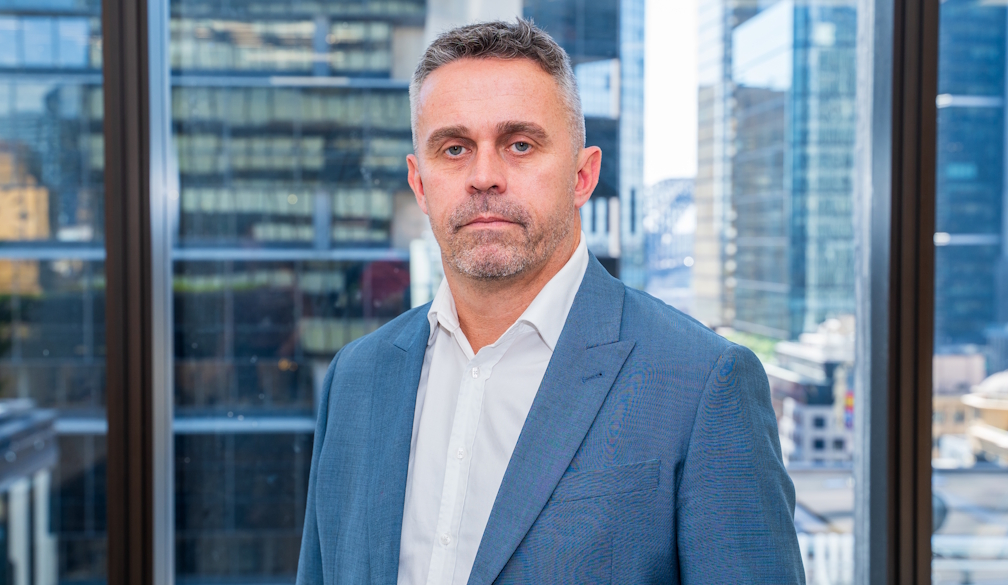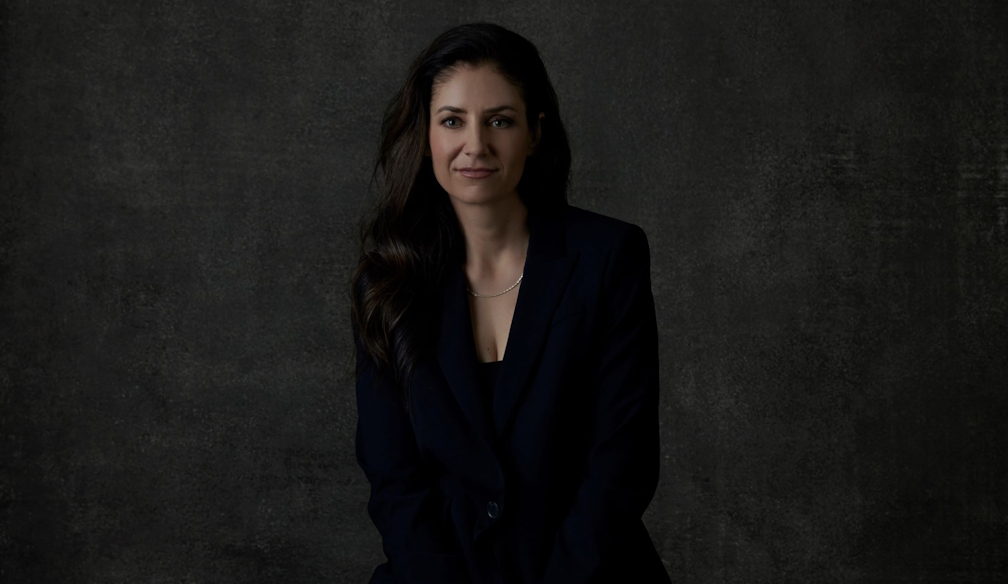Indoor Air Quality Regulations Are Tightening , Is Your Business Ready?

As an HVAC contractor, staying ahead of new indoor air quality (IAQ) regulations is no longer optional, it’s a business necessity. Tighter standards are reshaping how buildings are designed, maintained, and marketed, and the companies that adapt fastest will be the ones clients trust to keep their spaces safe, compliant, and competitive.
Rising Indoor Air Quality Standards
Stricter indoor air quality standards aren’t just government overreach, they’re a reaction to real shifts in science, society, and economics. COVID-19 made airborne transmission impossible to ignore, and suddenly indoor spaces weren’t just about comfort, but about life safety. At the same time, new research links poor air quality to long-term productivity losses, cognitive decline, and chronic health issues. Add in climate change (wildfire smoke, urban smog creeping indoors), and regulators have a clear mandate: healthy indoor air is no longer optional.
Insurance pressure adds another layer, with carriers quietly raising premiums or denying coverage for buildings with poor IAQ history. Regulators are aligning with that shift, and investors are following suit, demanding proof of healthy workplaces as part of ESG accountability. IAQ is now joining carbon emissions on investor checklists.
Finally, globalization is forcing governments to tighten IAQ standards to match EU directives and WHO guidelines. Companies operating internationally can’t ignore the ripple effect, making compliance with higher indoor air quality requirements both a local and global imperative.
Indoor Air Quality Business Sectors at Risk
The "usual suspects" like healthcare, schools, and manufacturing are under the microscope, but they’re not the only ones. Any industry with high-occupancy buildings, hospitality, commercial real estate, retail, logistics hubs, and even shared office spaces, faces heightened scrutiny. Warehouses and distribution centers are being evaluated not just for ventilation but also for pollutant exposure from forklifts and packaging materials.
Data centers and high-tech labs are under review as well, since sensitive equipment performance and cleanroom standards overlap with indoor air quality requirements. In food processing and packaging, air quality is now tied directly to safety certifications like HACCP and SQF. Developers, too, are feeling the pressure, with stricter indoor air quality standards appearing before permits are issued. And in hospitality and tourism, cruise ships, hotels, and casinos are flagged by regulators because crowded indoor spaces amplify the risks.
New Indoor Air Quality Requirements
Older standards were mostly about ventilation rates (e.g., ASHRAE 62.1) and comfort levels like temperature and humidity. The new wave digs deeper: particle thresholds (PM2.5, PM10) are being written into compliance documents, CO2 monitoring is treated as a proxy for ventilation sufficiency, and filtration minimums like MERV 13 are being mandated where they were once only "recommended." Continuous monitoring is also becoming the norm, with regulators requiring real-time data instead of once-a-year inspections.
The big difference is the shift from a reactive model, "install ventilation and hope it’s fine", to a measurable, accountable system where proof of compliance is expected. Old rules focused on inputs ("provide X cubic feet of outdoor air per minute"), while new rules focus on outputs ("prove continuously that the air occupants breathe is below harmful thresholds"). That pivot from input-based standards to output-based health outcomes is the real story, and one most competitors will overlook when building an indoor air quality business.
Risks for an Indoor Air Quality Business
Financially, fines are one part of the equation, but the hidden costs, higher workers’ comp claims, more sick days, and lower productivity, can dwarf them. Legally, lawsuits are already surfacing around sick building syndrome, with tenants and employees suing landlords for failing to maintain safe IAQ through proper HVAC maintenance. Reputationally, in a world where "green building" certifications influence leasing rates and brand image, being known as the company with poor IAQ can push customers, tenants, and employees toward competitors. Think of it like cybersecurity a decade ago: once optional, now a reputational and legal minefield if ignored.
The second-order effects make the stakes even higher. Financing roadblocks are emerging as banks and investors increasingly demand compliance with IAQ standards before funding large commercial projects. Poor air quality also drives talent retention problems, as employees in competitive sectors leave workplaces where they feel unsafe or sluggish, turnover becoming a massive hidden cost. On top of that, non-compliance can strip businesses of LEED, WELL, or Fitwel certifications, killing both reputation and resale value for any indoor air quality business.
Improving IAQ Standards at Work
Start with a baseline assessment by commissioning an independent IAQ audit rather than relying solely on existing building data. From there, map your exposure to identify high-risk areas such as conference rooms, production floors, or breakrooms, and prioritize fixes based on exposure instead of square footage. Monitoring should be continuous, with IoT sensors tracking CO2, VOCs, humidity, and particulates, supplemented by employee feedback loops, since staff often notice problems before the sensors do.
Upgrades can then be made strategically, from swapping filters, scheduling regular air duct cleaning, and reprogramming HVAC schedules to adding UV-C disinfection where appropriate. All of this should be documented: test results, sensor data, and maintenance logs collected in a compliance binder not only satisfy regulators but also serve as protection in legal disputes. Benchmarking against competitors is increasingly important as some businesses publish IAQ data in ESG reports, making poor performance a recruiting and branding liability. And finally, IAQ should be integrated into emergency planning, treated much like cybersecurity in continuity and disaster recovery playbooks for any air quality business.
Tech and Indoor Air Quality Business Compliance
Technology is the bridge between compliance and trust. Modern IAQ systems aren’t just "set it and forget it" filters, they’re smart ecosystems. Cloud-connected sensors feed real-time dashboards, AI-driven controls adjust ventilation automatically, and predictive maintenance ensures filters or UV lamps get replaced before they fail. Some platforms go further, using AI not only to alert when a filter is clogged but to predict clogging based on usage patterns, pollen season, or wildfire alerts.
Even employee-facing apps now let occupants see IAQ data live, while wearables can feed personal health and environmental data back into workplace dashboards, creating a human-centered feedback loop. For industries like pharma and food, blockchain-based IAQ logs are also emerging, offering tamper-proof audit trails. All of this shifts indoor air quality business compliance from a manual, reactive hassle into a proactive, automated advantage, while building trust and transparency at the same time.
Turning Indoor Air Quality Requirements Into Advantage
Companies that treat IAQ as branding, not just compliance, stand out. Imagine two hotels: one silently meets indoor air quality requirements, while the other actively markets "certified clean air" with visible real-time lobby monitors. Guess which one health-conscious travelers choose? Similarly, offices that advertise "healthy workspace standards" attract top talent in a labor market where well-being matters, and in retail, cleaner air becomes part of the customer experience narrative.
The smartest businesses use IAQ standards not only to avoid fines but to win RFPs by showcasing superior environmental health, command premium rents in commercial real estate, and build trust with employees and clients through transparency. Real estate owners are already monetizing compliance by charging "IAQ premiums" for office leases, just as green-certified buildings do. Restaurants and similar venues could even offer "clean air certification" alongside food safety grades, turning compliance into a customer-facing USP. For employers, framing IAQ transparency as part of wellness perks creates a talent magnet, especially among Gen Z, the most health-conscious cohort yet.









